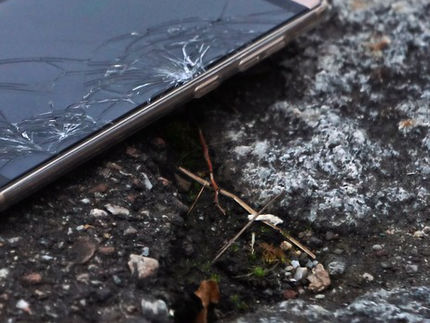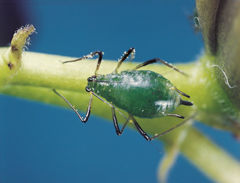Growth of Boron industry is driven by Chinese demand
Global demand for boron, an essential component in the manufacture of fibreglass and borosilicate glass, grew strongly in the three years to 2008, according to the study "Boron: Global industry markets and outlook". Products containing boron in the form of borates or boric acid pervade every part of everyday life from borosilicate glass in LCD screens to composites used in car body panels to glass wool for loft insulation.
Growth has been driven by an expansion of demand from China, where consumption rose by 15%pa from 2000 to 2008. The increase in market share held by Asian countries reflects the shift in production of textile-grade fibreglass, borosilicate glass and ceramics away from North America and Europe to countries with lower production costs.
Following the years of strong growth, 2009 saw a sharp drop in demand for borates, but, in the second half or the year, markets for both textile–grade fibreglass and borosilicate glass recovered and demand for borosilicate glass in LCD screens is expected to grow by 15% in 2010. The main factors affecting future demand for textile-grade fibreglass are continued growth in electronic products, increased penetration of fibreglass in markets traditionally held by steel and concrete and the emergence of new markets such as turbine blades for wind power generation.
An up-turn in construction activity and the increase in government–led initiatives to reduce energy consumption will provide a recovering market for insulation-grade fibreglass in the medium term.
World production of natural and refined borates remains highly concentrated in Turkey and the USA, with Rio Tinto Minerals and Eti Mine accounting for around 75% of supply. The high B2O3 content (>26%) of the colemanite, tincal and kernite mined in Turkey and California is the main factor contributing to the leading position of these two companies in world borates supply.
The gap between China’s domestic production and demand (and the relatively low-grade of locally mined borates) has been, and will continue to be, the main factor driving capacity expansions worldwide. Since 2003, expansions undertaken by Rio Tinto Minerals in the USA, Quiborax in Chile, Eti Mine in Turkey and Manufacturas Los Andes in Argentina, have raised boric acid capacity by over 200,000tpy and were mainly aimed at the Chinese market.
Future expansion is dominated by plans to expand capacity for refined borates, boron oxide and calcined tincal in Turkey. Other projects under consideration are to increase boric acid production in Argentina and Bolivia and to exploit brine deposits in Tibet and Qinghai. In addition, Rio Tinto Minerals has plans to exploit the Jadar lithium borate deposit in Serbia.
Original study: "Boron: Global industry markets and outlook" (12th edition, 2010); Roskill Information Services Ltd.
Other news from the department business & finance

Get the chemical industry in your inbox
By submitting this form you agree that LUMITOS AG will send you the newsletter(s) selected above by email. Your data will not be passed on to third parties. Your data will be stored and processed in accordance with our data protection regulations. LUMITOS may contact you by email for the purpose of advertising or market and opinion surveys. You can revoke your consent at any time without giving reasons to LUMITOS AG, Ernst-Augustin-Str. 2, 12489 Berlin, Germany or by e-mail at revoke@lumitos.com with effect for the future. In addition, each email contains a link to unsubscribe from the corresponding newsletter.


























































